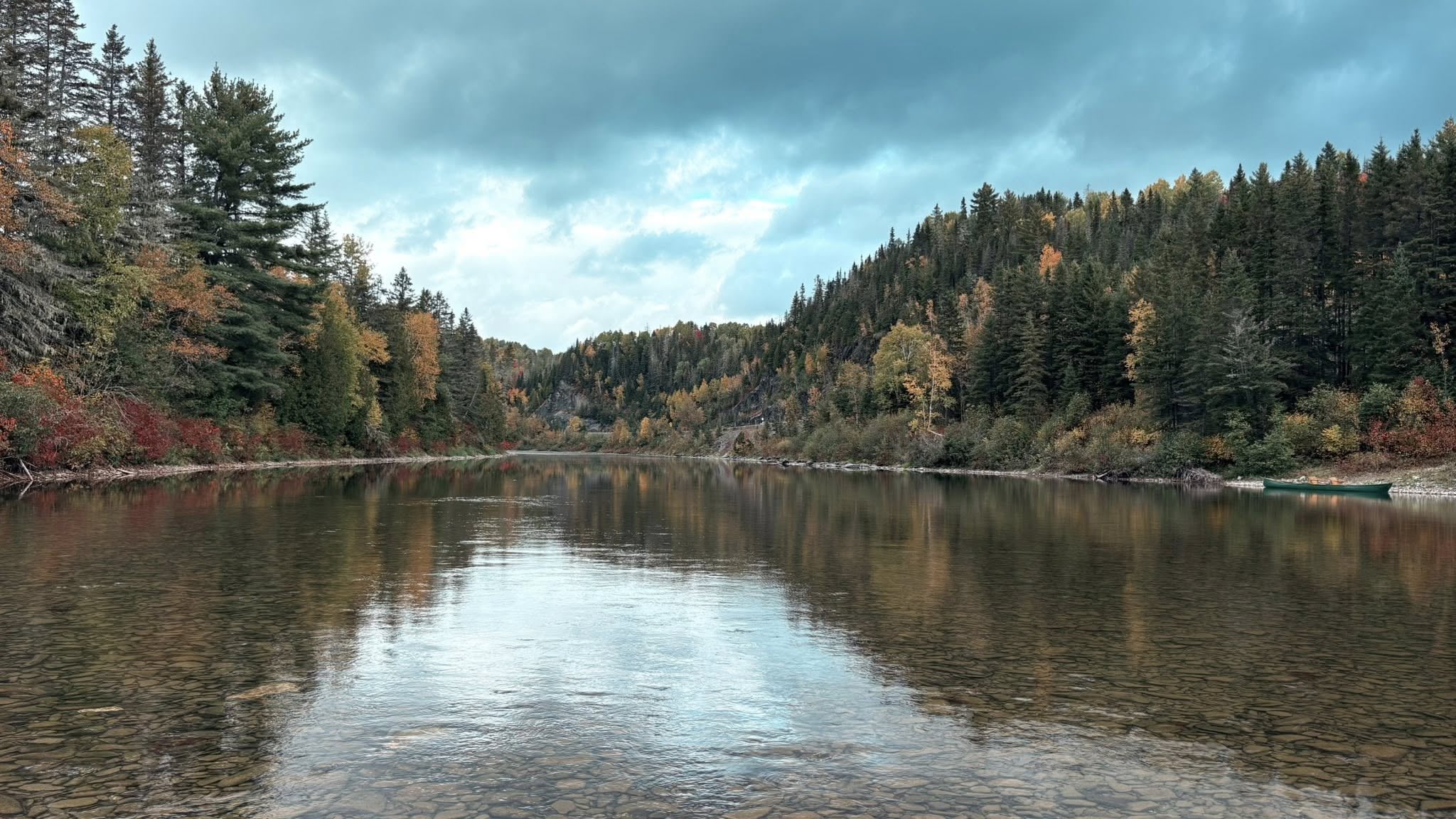
Subscribe & stay up-to-date with ASF

The angling season in Quebec has just wrapped up this week. While most of the rivers in the province are expected to publish catch numbers later this month, there are already reasons to be optimistic.
“It was a lot more promising than we thought,” said ASF’s Quebec Program Director, Charles Cusson. “Even before the season started we were very worried about the last two previous seasons — having very poor returns of grilse. And it seems that for 2025 they’ve bounced back to (in most places) normal numbers. And in a few places, higher than normal numbers.”
Overall catch numbers appear to be up throughout the province, but it will be interesting to see how those numbers break down.
“Based upon the mid-season count that was done, more-or-less the ratio was 7 or 8 grilse for every large salmon,” Charles said.
Grilse are small salmon that are returning to spawn for the first time, after one winter at sea. A healthy return of grilse could mean a healthier return of larger, multi-sea-winter salmon in the coming years. But before then, salmon need to get to their spawning grounds.
This season has been warm and dry everywhere, with relatively little rain still in the forecast. Typically, Charles said, spawning starts to happen around the mid-to-late October. But there were places in Quebec where salmon were still being observed in the estuaries in mid-September, seemingly waiting for better conditions to start moving upriver.
“In some places, the spawning habitat’s not even in water,” Charles said.
Low water makes access to these spawning grounds a problem, but it could also pose a risk to the eggs themselves.
“If there’s no precipitation, they’re in very real danger of freezing over when the cold weather comes,” Charles said. “That’s an extreme situation. I can’t believe that there won’t be any rain in the month of October going into November.”
In this week’s Rivernotes, read about the benefits a small amount of rain had in New Brunswick and Quebec, some updated salmon fence and fishway counts in Newfoundland, and the reopening of the Margaree River in Cape Breton.
We also have reports from several community events, some upcoming events to take note of, and several beautiful photo submissions of landed salmon, and the start of the transformation to fall colors on our rivers.
Finally, ASF and Hooké are excited to announce that our inspiring documentary, Scale of Change: Together for Wild Salmon, is now available to watch online! Check it out at scaleofchange.org
After warm weather, drought, and forest fires, the Margaree River in Cape Breton has finally reopened. ASF’s Nova Scotia Program Director Deirdre Green writes:
“On September 25, 2025, Fisheries and Oceans Canada (DFO) announced that recreational angling has reopened on the Margaree River, effective 6 pm that evening. The lifting of restrictions followed a collaborative meeting with all Warm Water Protocol partners. While all sections of the river (below the sanctuary above the Big Intervale Bridge) are now open, we trust anglers will continue to use their judgement on the water. Practicing ethical angling, with the wellbeing of wild Atlantic salmon in mind, is especially important following such a stressful season of high temperatures and record drought.”
Deirdre also shared some of her recent work and upcoming opportunities to connect with the salmon community across the province. She writes:
“On September 21st, I traveled to the Margaree Salmon Museum to celebrate World Rivers Day alongside our partners, the Margaree Salmon Association (MSA) and Nova Scotia Salmon Association (NSSA). I was proud to share the story of our Wild Salmon Watersheds program and highlight how protecting salmon requires the entire community working together.
The day was full of energy, complete with live music from Chrissy Crowley and Jason Roach, youth science activities hosted by X-Oceans and ACAP Cape Breton, river updates, a community BBQ, and free admission to the museum. Together with NSSA’s Mike Martino, I also offered a hands-on fly-fishing lesson that sparked curiosity and joy for youth, newcomers and seasoned anglers.
We’re grateful to the Margaree Salmon Association and the Margaree Salmon Museum for the warm invitation and hosting. Most importantly, thank you to everyone who came out to celebrate the river and to support the extensive work being done to safeguard its future.”
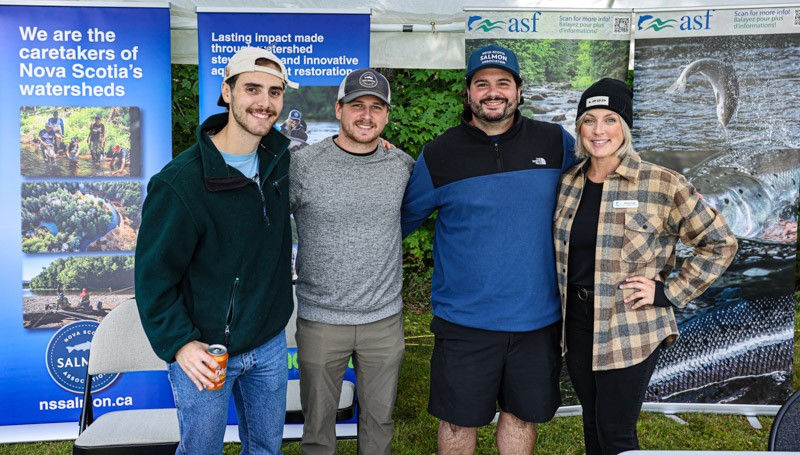
“Last week, I had the opportunity to spend time with Bruce Wheadon and Brayden Purdy of MacInnis Consultants and the St. Mary’s River Association, along with the Antigonish Rivers Association field crew, electrofishing multiple sites on McKeen Brook in Aspen. Moments like these, connecting both in the field and in the community, remind me of the shared effort required to keep our rivers healthy for wild Atlantic salmon.”
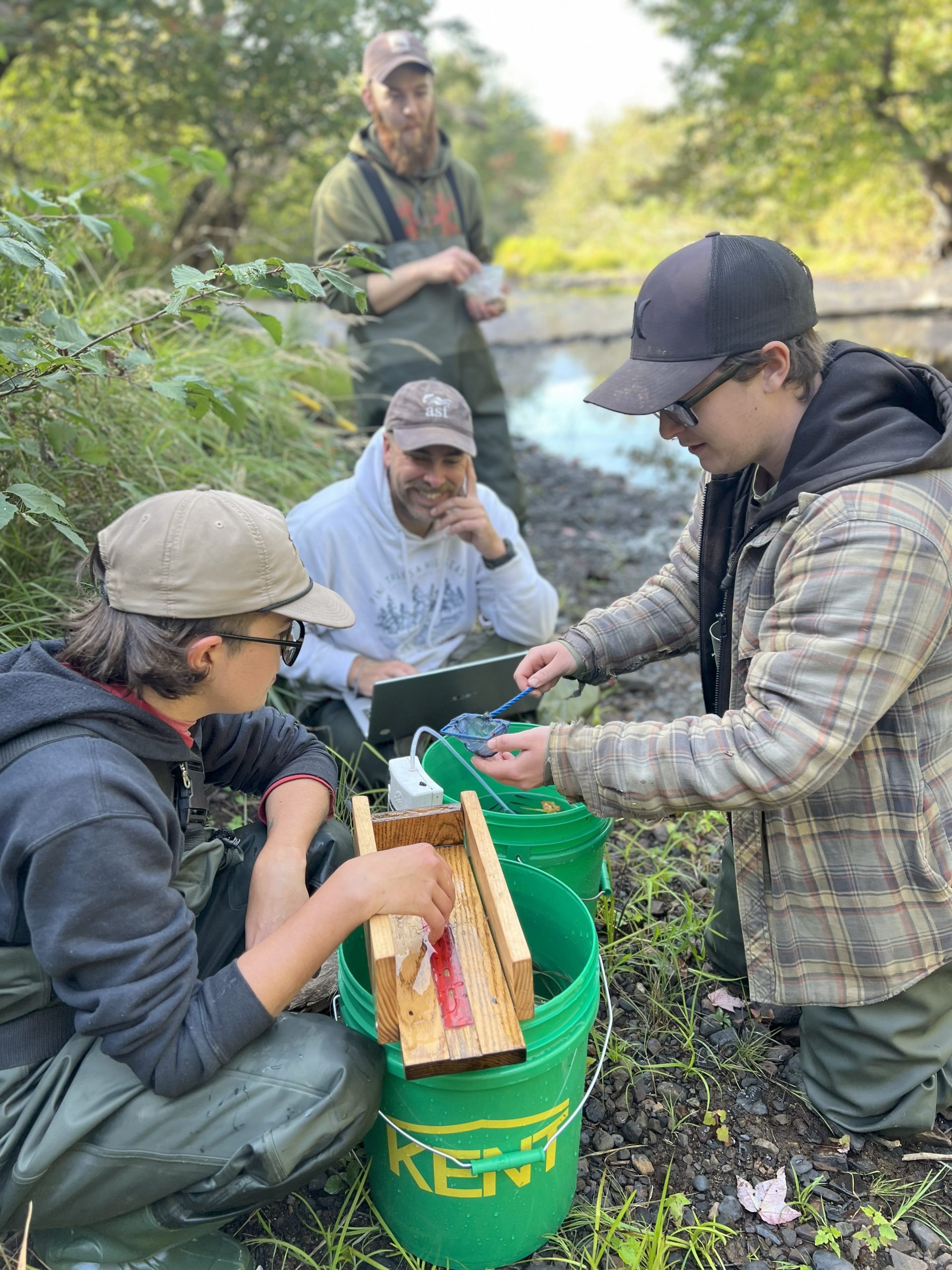
“I hope you can make it out to some of these events to show your support and celebrate the incredible work happening across Nova Scotia’s salmon rivers.”
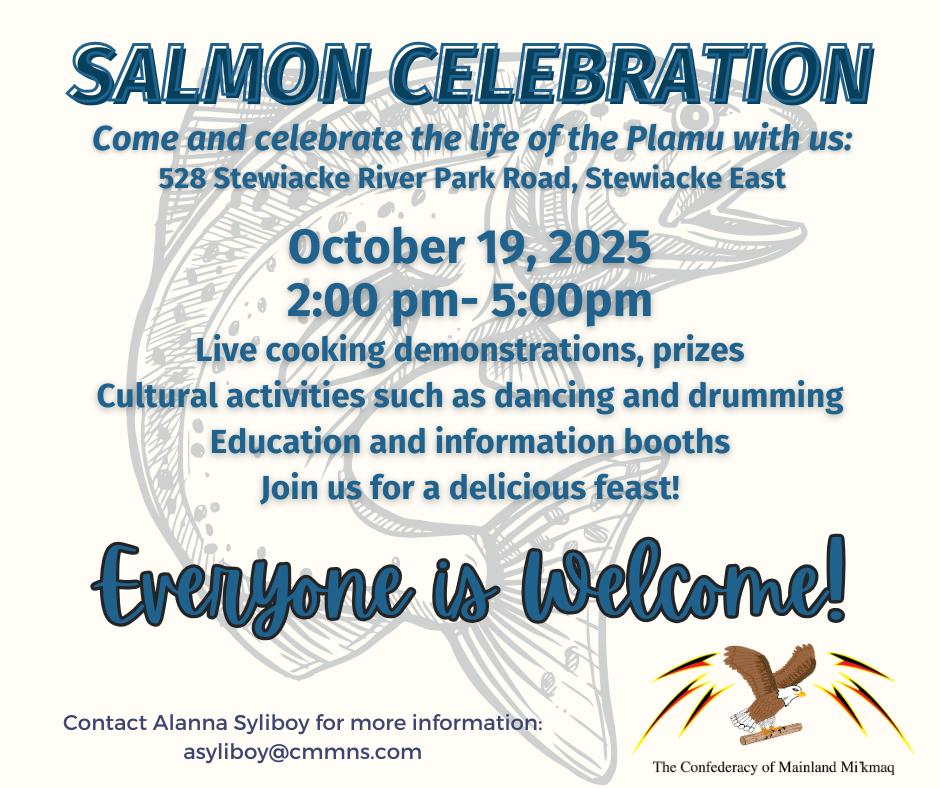
The recent rain has improved things in New Brunswick. New Brunswick Program Director David Roth writes about some of the immediate benefits of this long-awaited change in weather:
“Last week, New Brunswick finally received some much-needed rain, bringing welcome relief to both river systems and forest conditions across the province. The precipitation significantly improved the wildfire situation, with only one fire now remaining classified as ‘out of control.’
Some of the rain from Friday also made its way into local rivers, briefly raising water levels before they receded to near pre-rain levels. While short-lived, this bump in flow had a positive impact—anglers reported fresh salmon entering the system in conjunction with the rain events. Several of the newly arrived fish were still carrying sea lice, suggesting they had only recently moved in from the intertidal zone or even directly from the sea.”
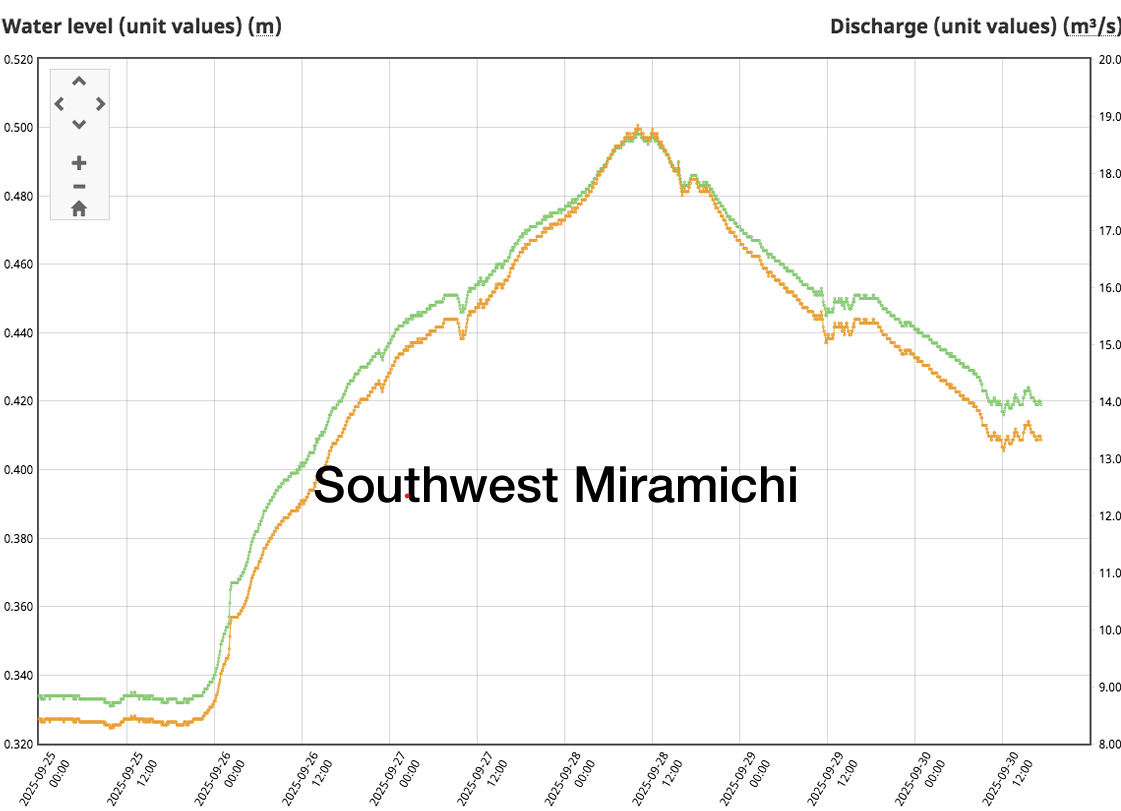
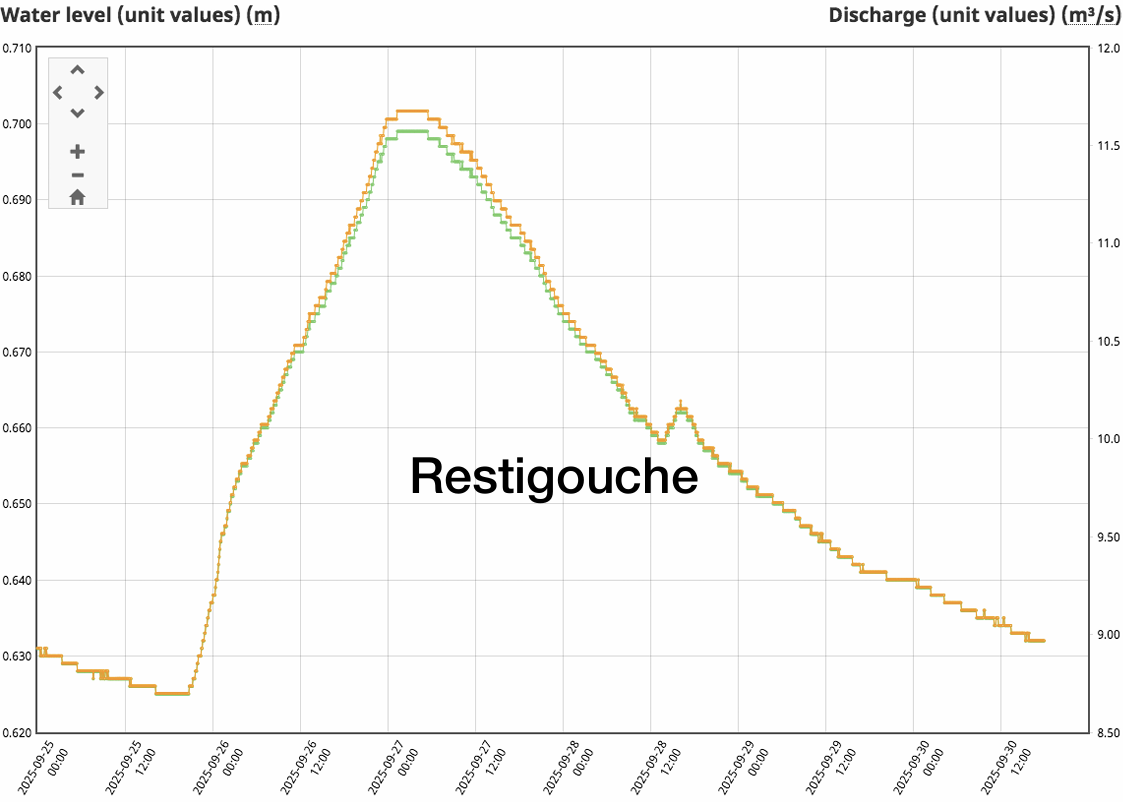
David continues:
“Adding to the good news last week, the Foundation for Conservation of Atlantic Salmon announced that $1.875 million in grants will be available for 2026 to support conservation, restoration, research, and education efforts throughout Atlantic Canada.
They described it as, ‘open to municipalities, Indigenous groups, educational institutions, community and conservation associations among others, the annual funding is allocated to unique and innovative projects focused on conservation, restoration, education and scientific research. Applications for 2026 are due 14 November 2025 and details on the application process are available at FCAS-FCSA.ca.'”
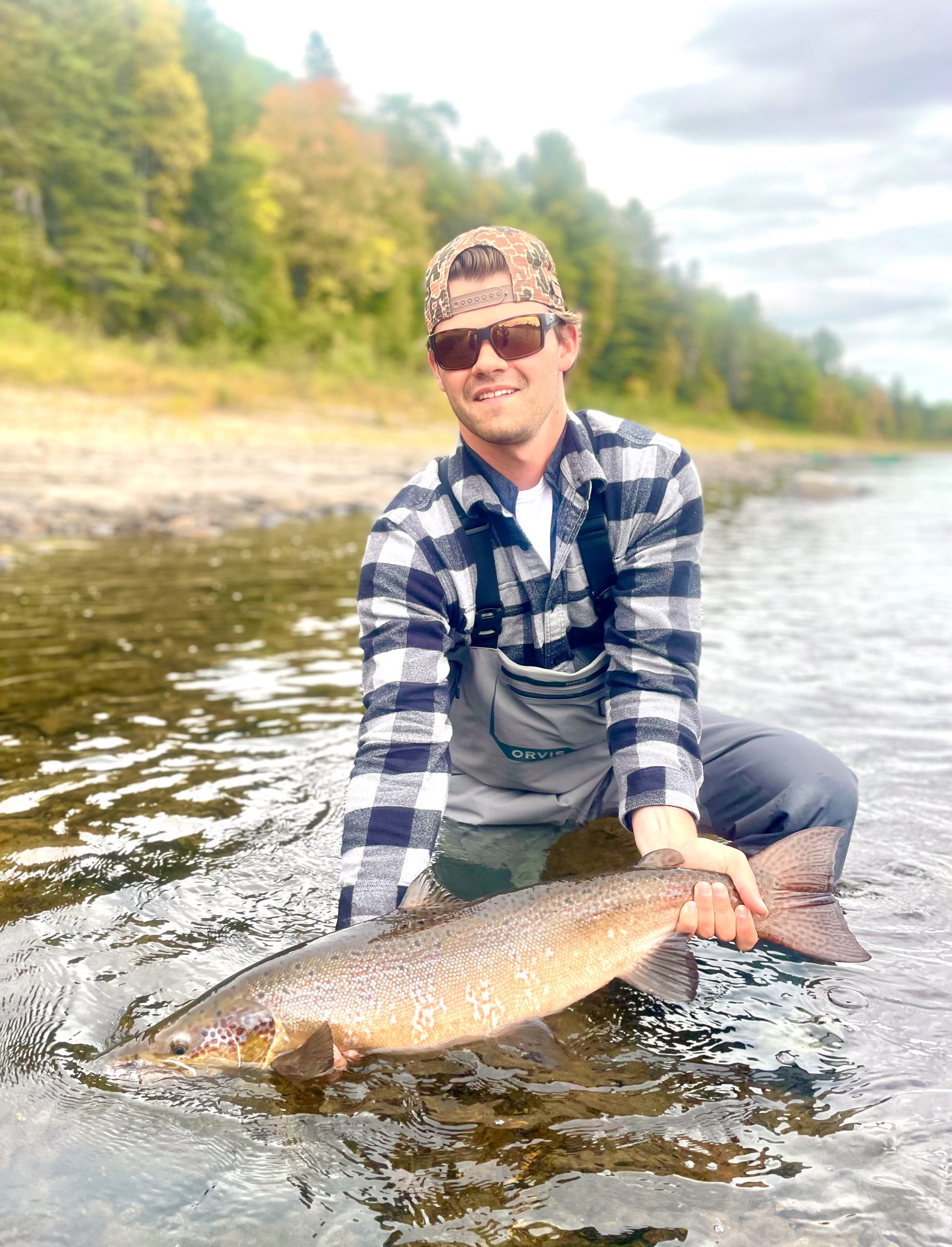
ASF’s President Nathan Wilbur was out on the Nashwaak River last week, and captured the river as the fall colors in the New Brunswick forests are starting to come out.
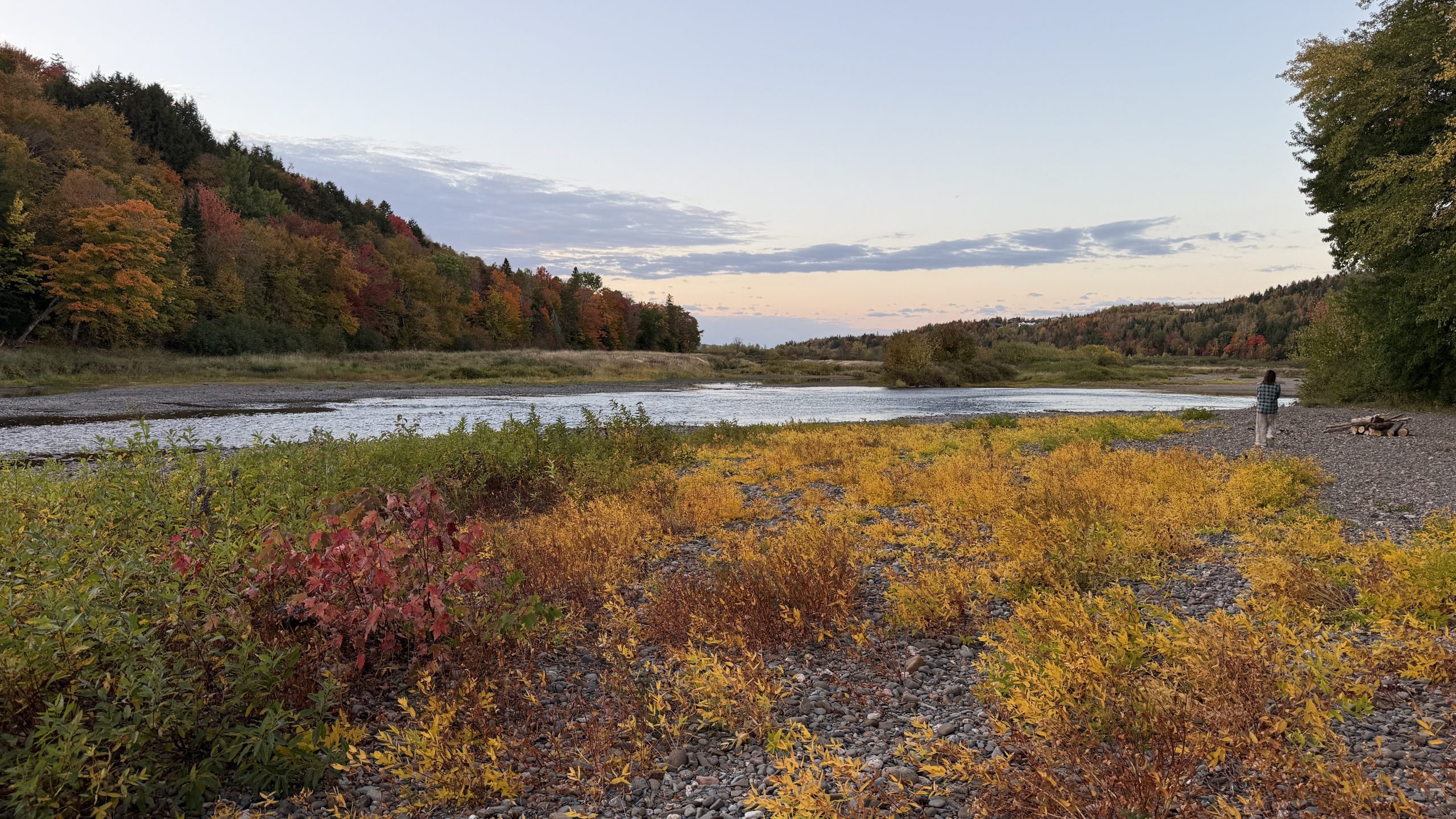
The salmon angling season has just closed in Quebec. Program Director, Charles Cusson writes:
“Échos des rivières pour la semaine du 29 septembre 2025
La saison 2025 s’est terminée le 30 septembre dernier, une saison qui nous a livré un bon signe d’espoir pour la saison 2026. La résurgence des madeleineaux dans la plupart de nos rivières a su apaiser les craintes du début de saison à savoir si nous allions connaitre une répétition comme les deux années précédentes.
Il va rester que dame Nature fasse ça part pour améliorer le niveau des rivières avant la période de reproduction.
Pendant les dernières journées jusqu’au 30 septembre, il y a eu quelques endroits qui ont reçu un peu de pluie qui a eu l’effet d’animer les saumons qui ont contribué au plaisir de certains adeptes de la pêche sportive.
À la fin d’octobre, je vous reviens avec un exposé de la saison comprenant des résultats de pêche et de montaison en provenance de plusieurs rivières.
Un gros merci aux gens qui ont partagé des photos et des récits de leurs expériences de pêche.
À la saison prochaine.”
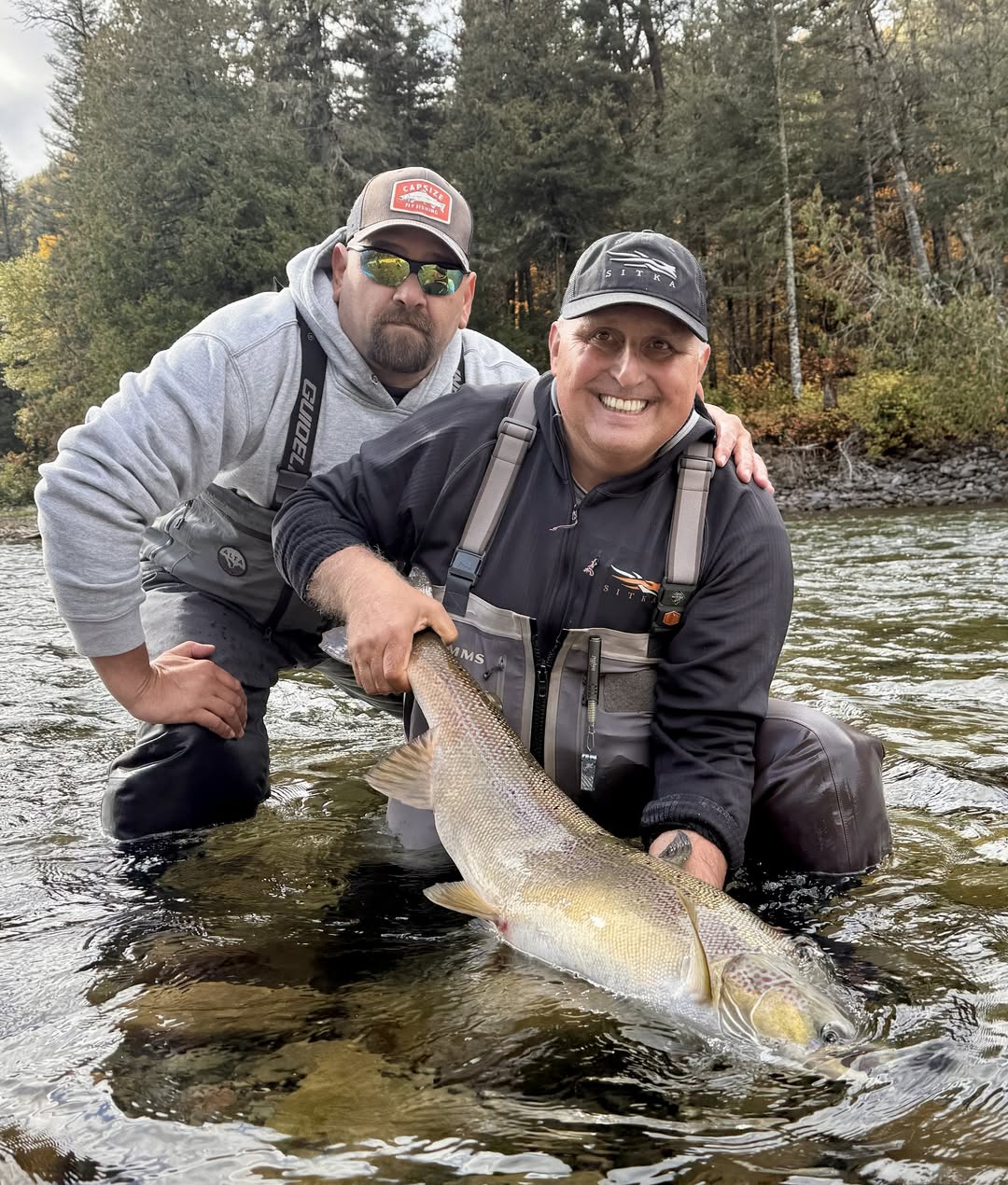
English:
“The 2025 season ended on September 30, a season which provided an encouraging sign of hope for the next few seasons. The resurgence of grilse in most of our rivers allayed fears at the start of the season as to whether we were going to experience a repeat of the two previous years.
Nature will still have to do something to improve river levels before the spawning season.
During the last days until September 30, there were a few places that received a little rain which had the effect of “waking” salmon, contributing to decent angling for some sport fishing enthusiasts.
At the end of October, I will provide a re-cap of the season including fishing and run results from several rivers.
Many thanks to the people who shared photos and stories of their fishing experiences.”
All the best and we will see you next season.
Fall fishing is still open on some rivers in Newfoundland and Labrador, but with the end of the summer seasons and summer data starting to come in, Program Director Kim Thompson shines a spotlight on one of the organizations that makes this data possible. She writes:
“The recreational fall angling season continues on the Humber, Exploits and Gander Rivers until October 7th. The final Atlantic Salmon Fence and Fishway Counts to September 7th as reported by Fisheries and Oceans is now available.
As a show of appreciation for those who count the returning adults on the rivers with fishways or fish fences, I thought it would be worthy to spotlight some of the organizations who take on this responsibility.
The Salmon Preservation Association for the Waters of Newfoundland (SPAWN) is one of those dedicated and passionate groups who have been overseeing and operating the Corner Brook Stream fishway in partnership with Corner Brook Pulp and Paper, City of Corner Brook and Corner Brook Stream Development Association. After a couple of challenging years, this season SPAWN were very pleased to not only have the Corner Brook stream fishway system fully operating but to also include a camera system with a live feed. The first couple of salmon entering Corner Brook Stream were picked up on the live feed in mid-July. As with anything new, there were a couple of glitches with the new live camera; however, SPAWN President John McCarthy feels that with slight modifications they will be even better equipped and ready for next year. Thank you to all SPAWN members for your continued commitment to Atlantic salmon conservation. To find out more about SPAWN or to get involved visit Salmon Conservation | Spawn | Newfoundland and Labrador“
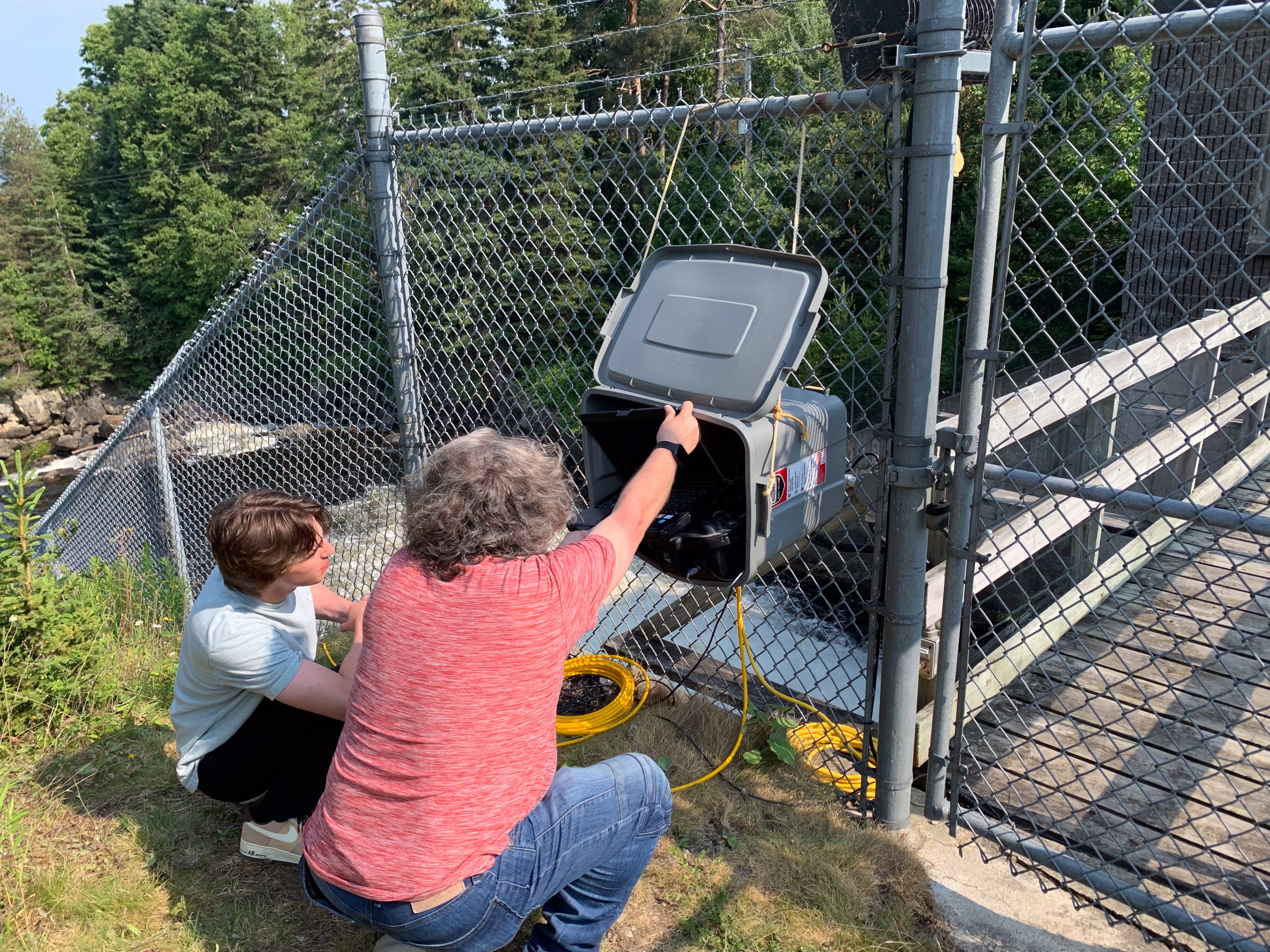
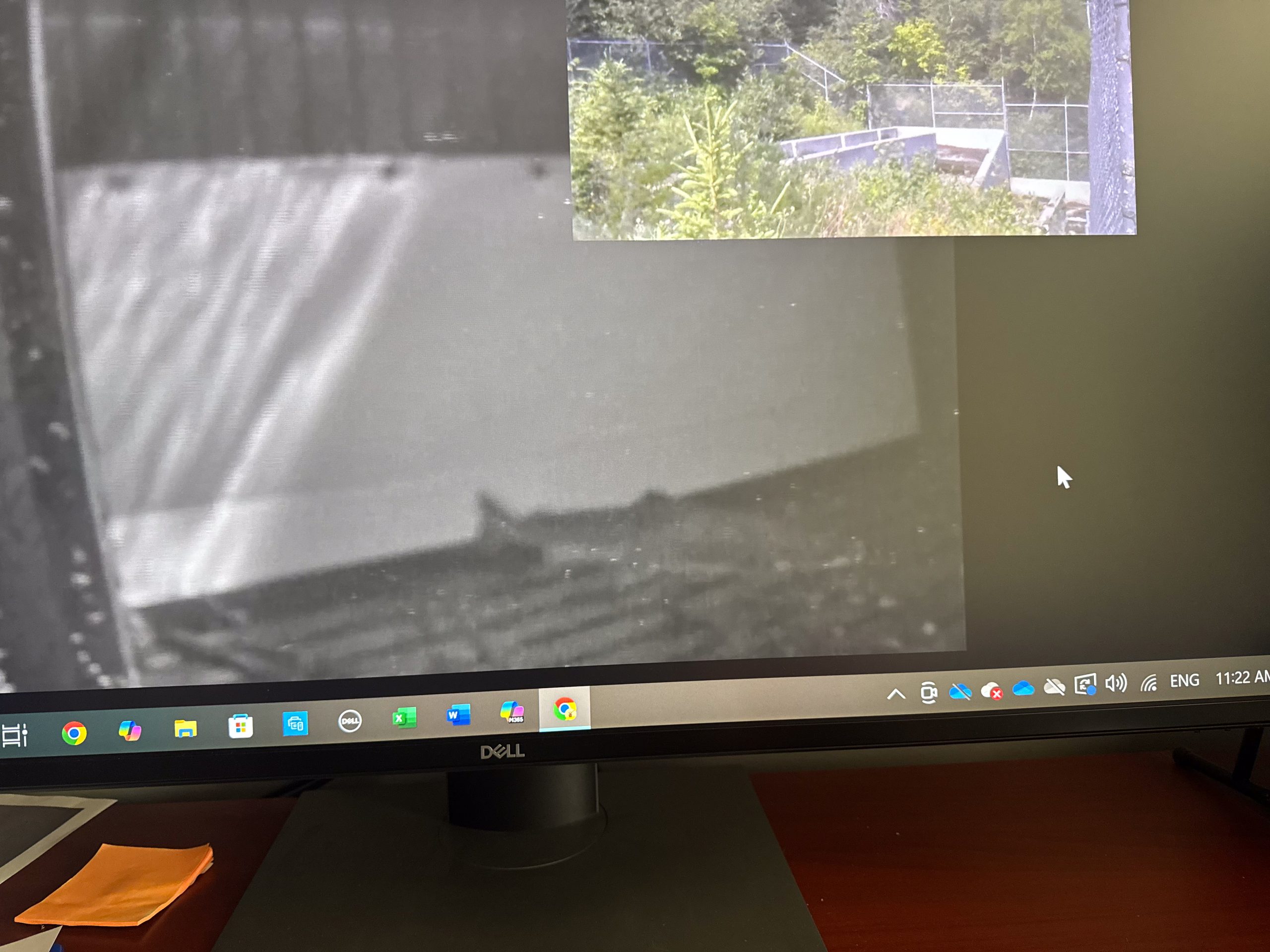
The Salmonid Association of Eastern Newfoundland (SAEN) is celebrating a milestone with its 30th Annual Guenter Behr Moose Stew Dinner and Fundraiser in aid of salmon and trout conservation.
Thursday, November 20th at the Knights of Columbus, 49 St. Clare Avenue, St. John’s. Doors open at 6pm for dinner at 7pm.
SAEN invites you to an evening of delicious locally prepared food with a silent auction, raffles and wheel spins, celebrating 30 years in making cherished memories with great companionship, and more.
Tickets are available through the SAEN office by contacting Mary at 709.722.9300 or email: info@saen.org or direct through any Board Member